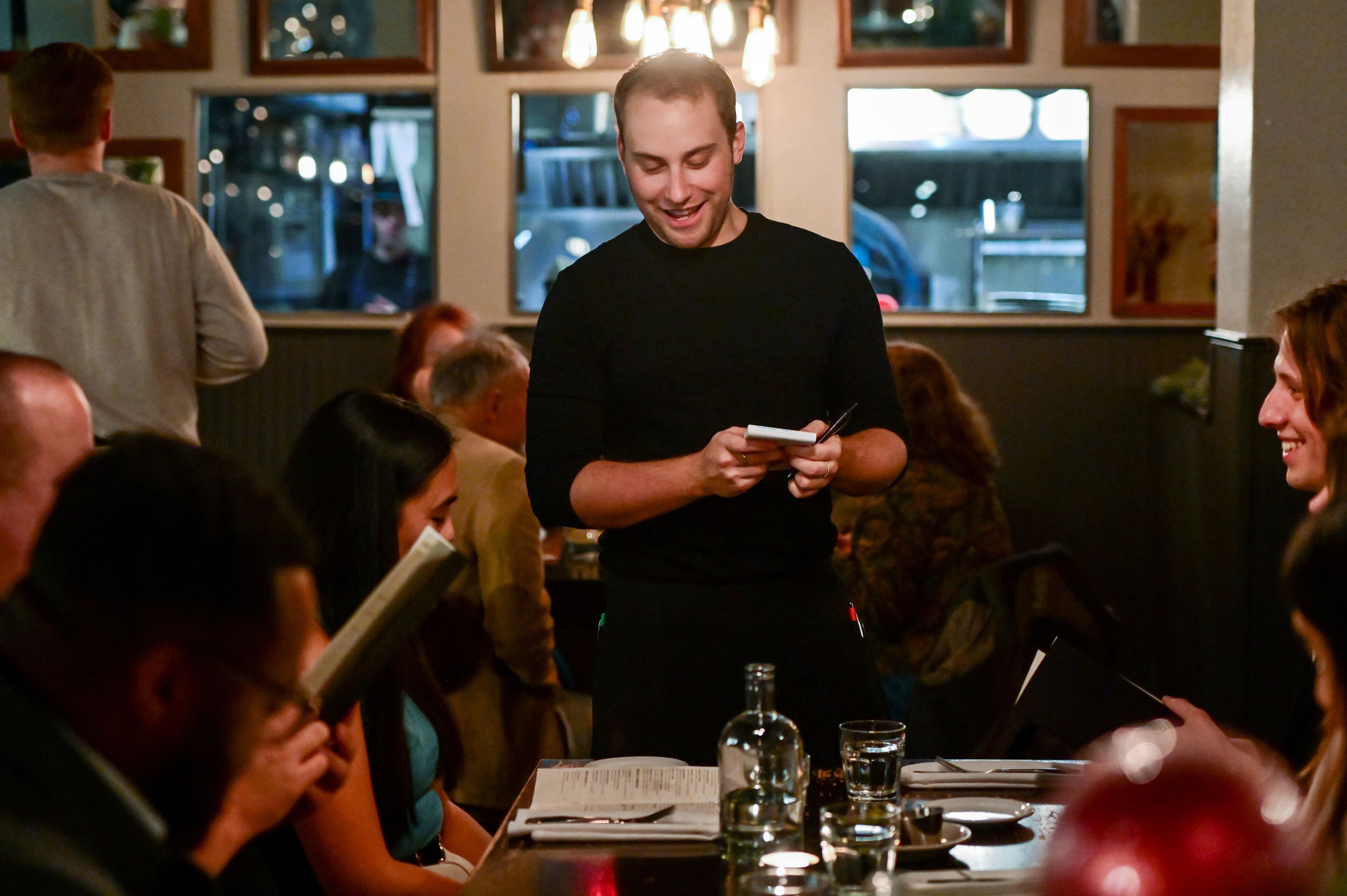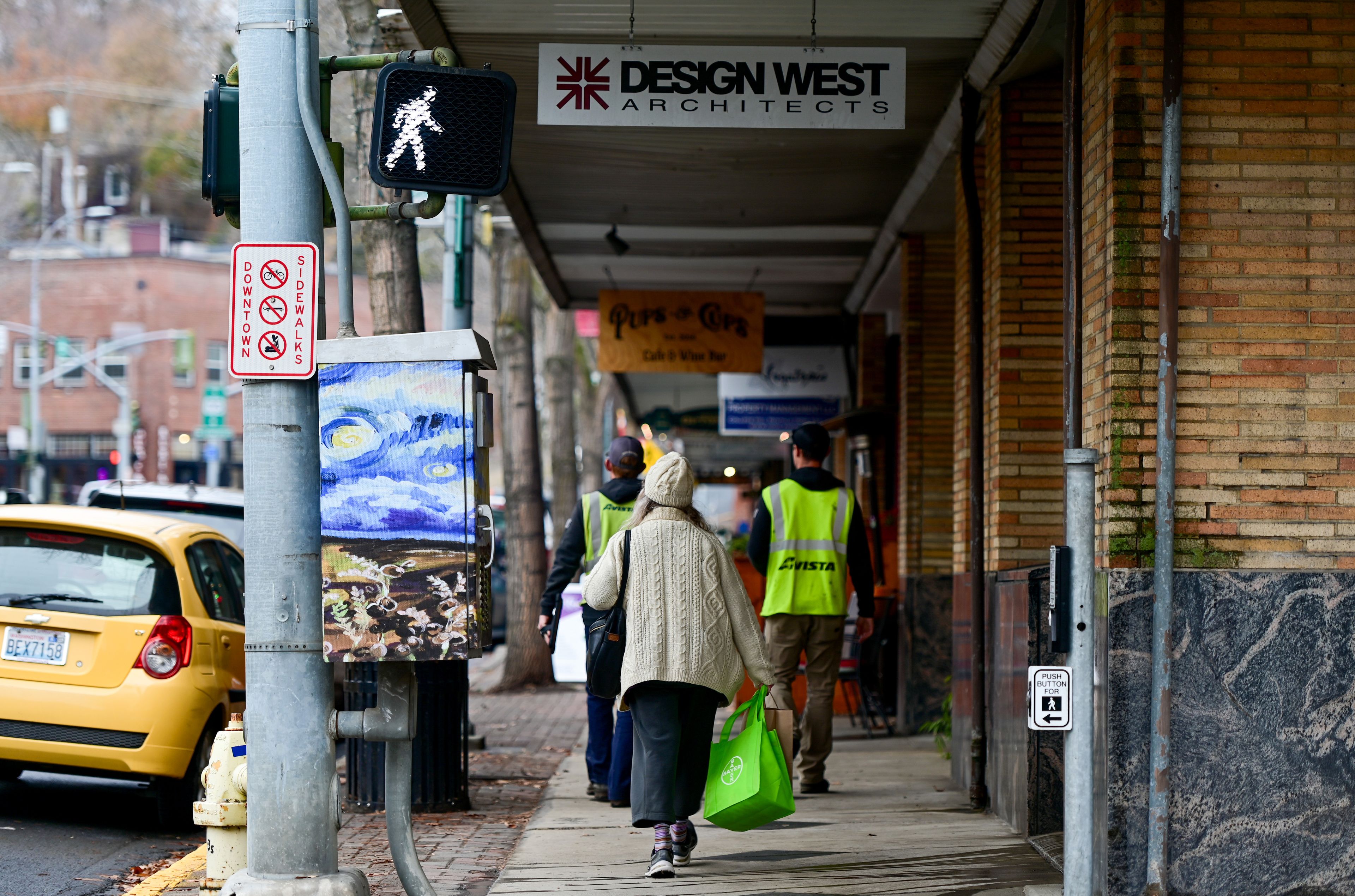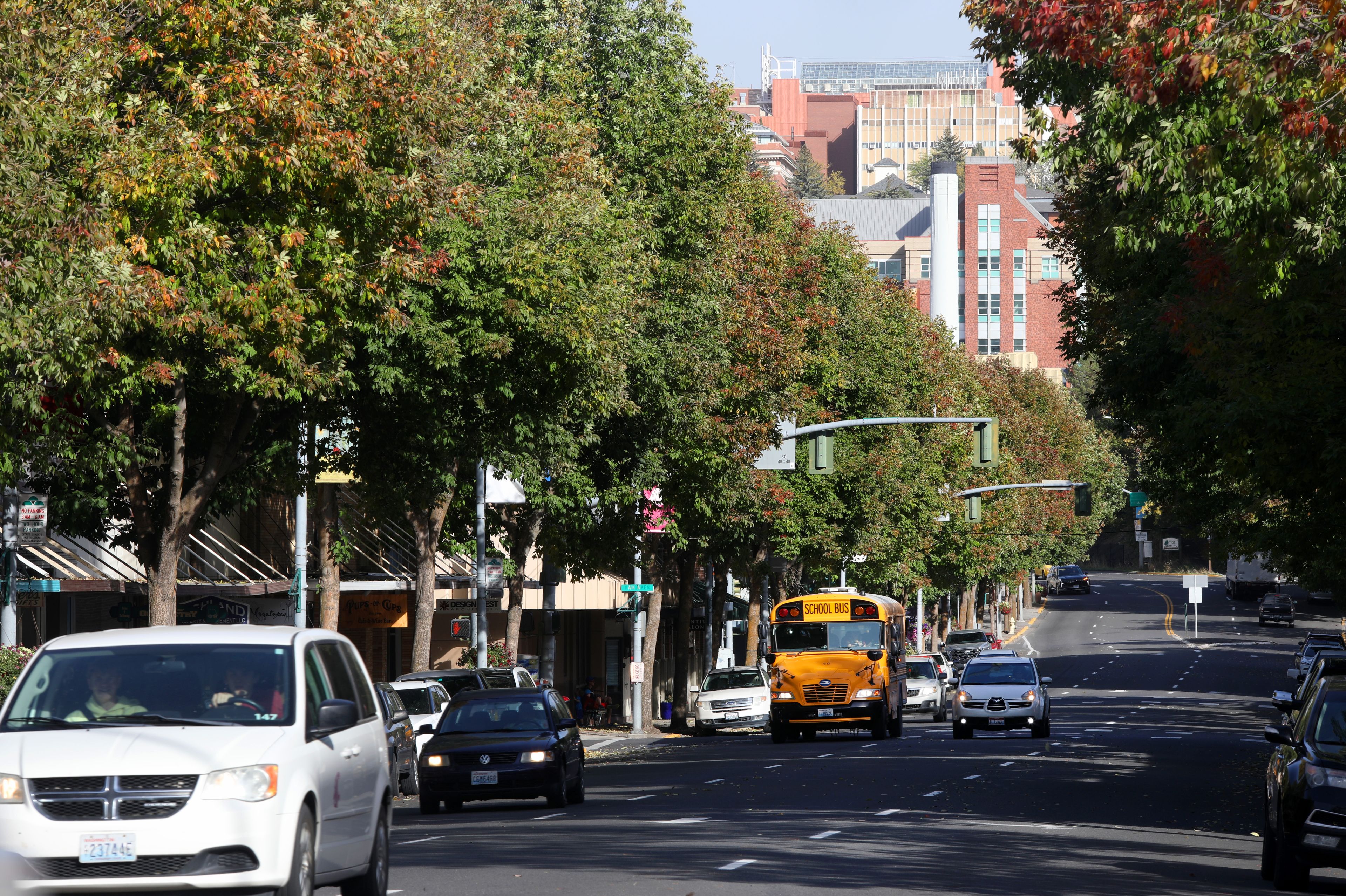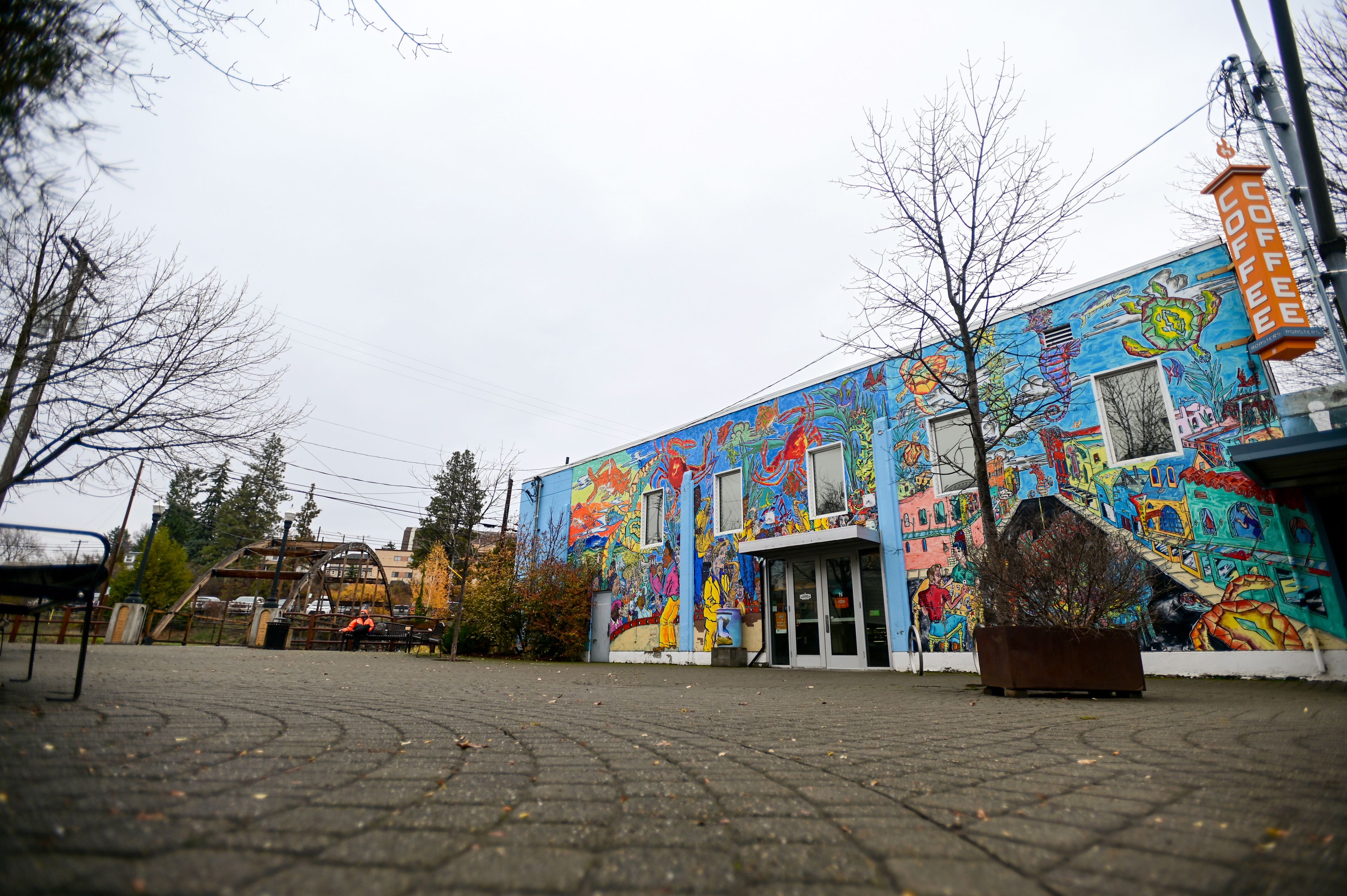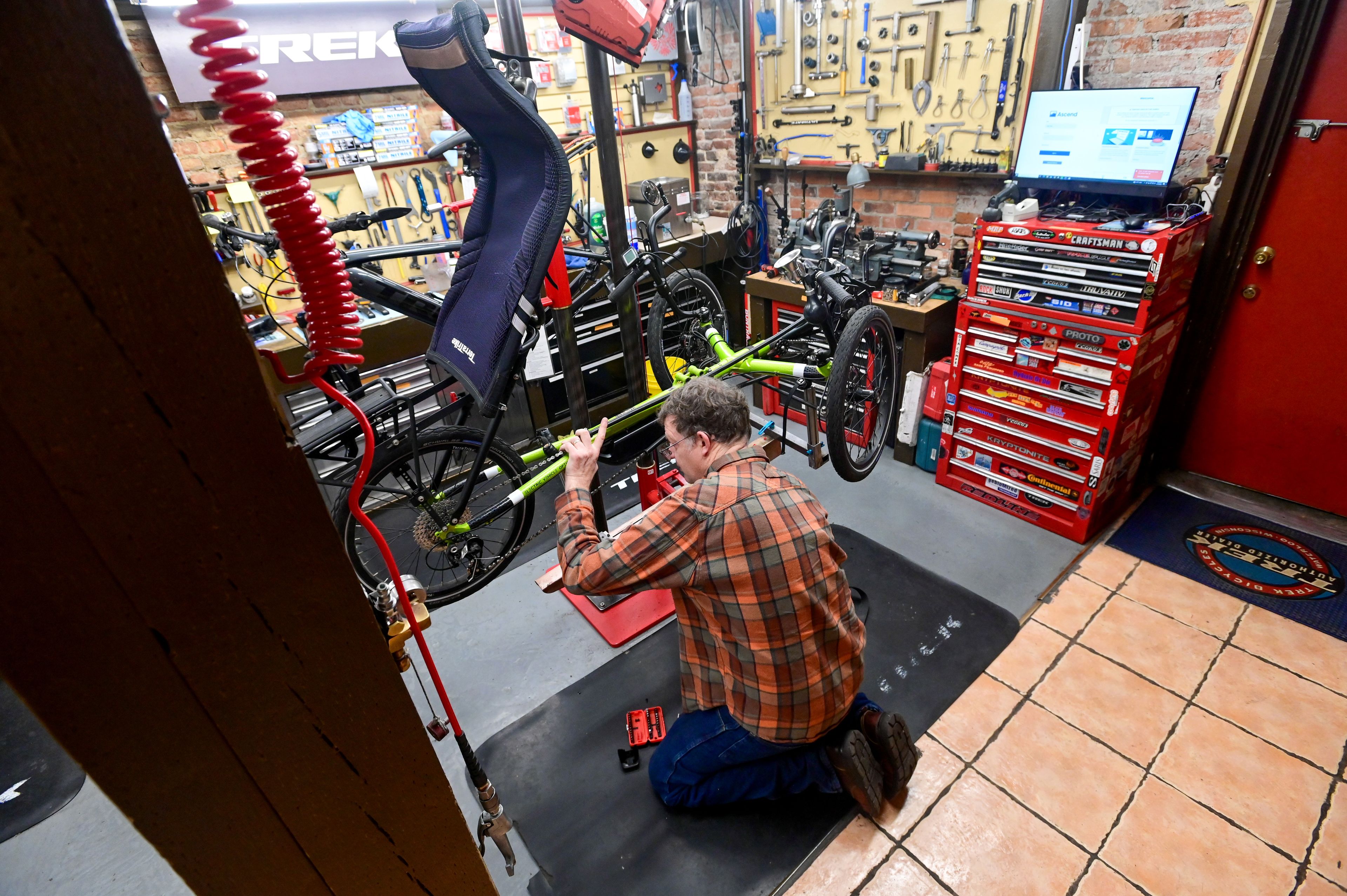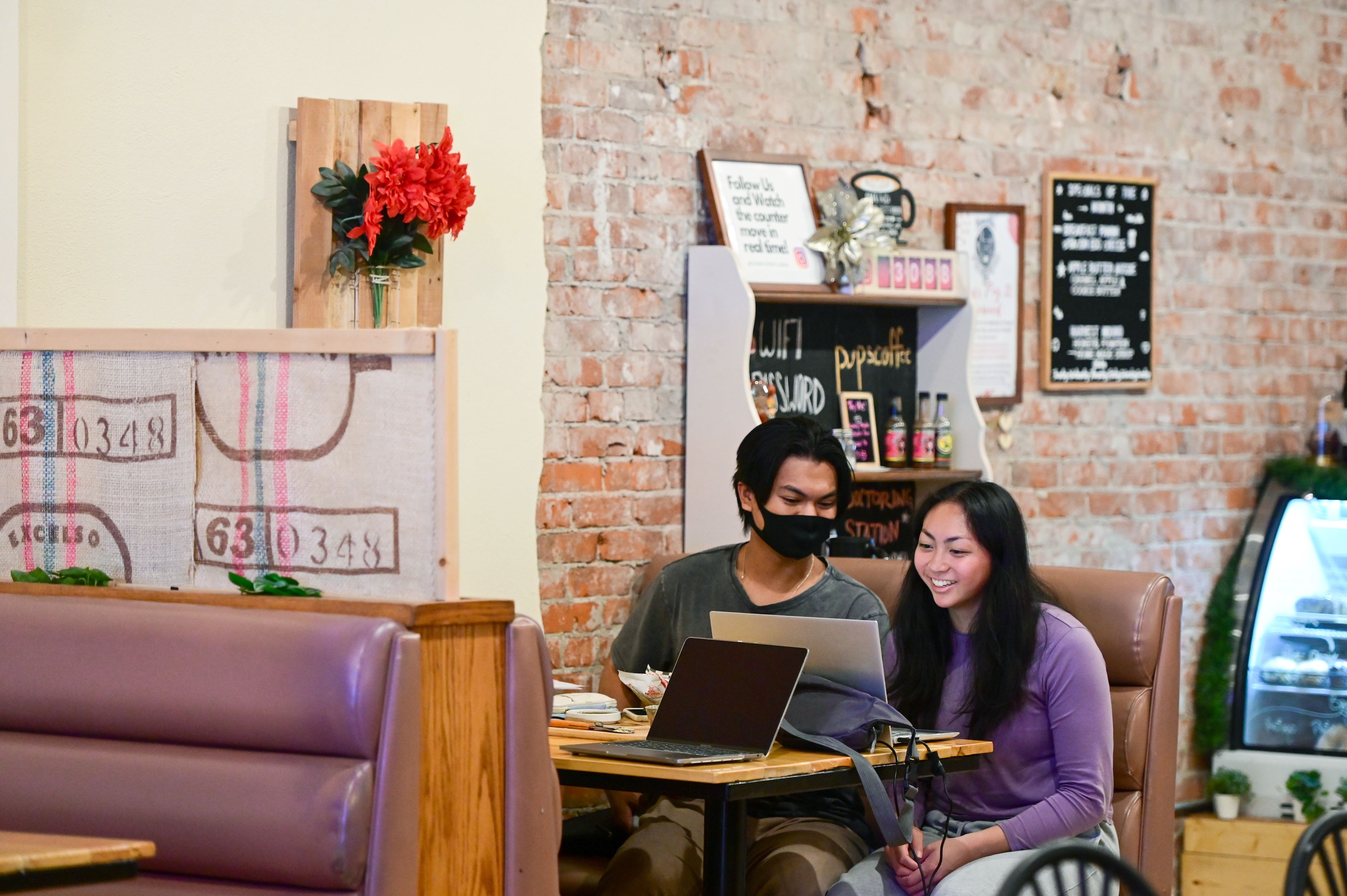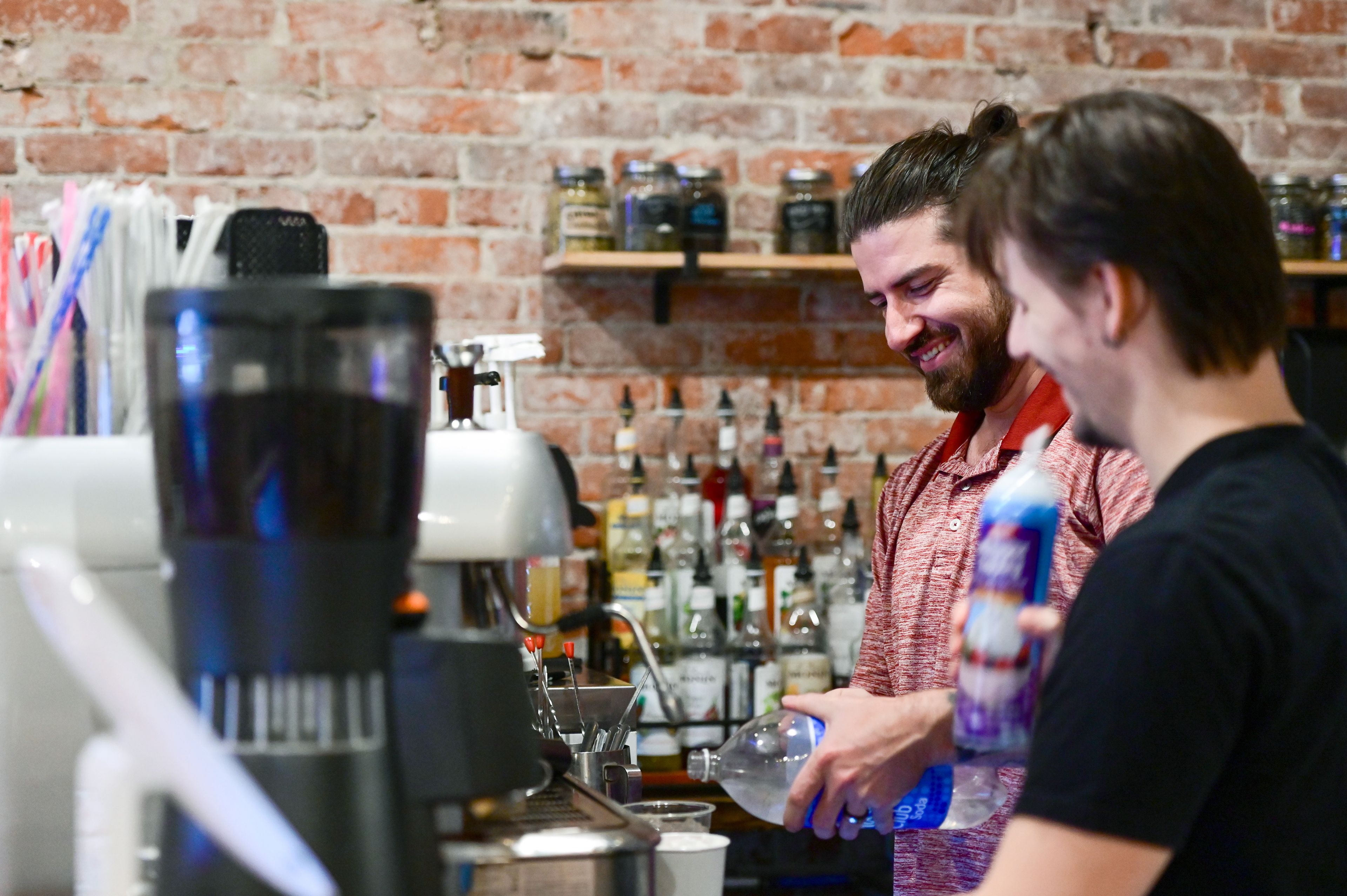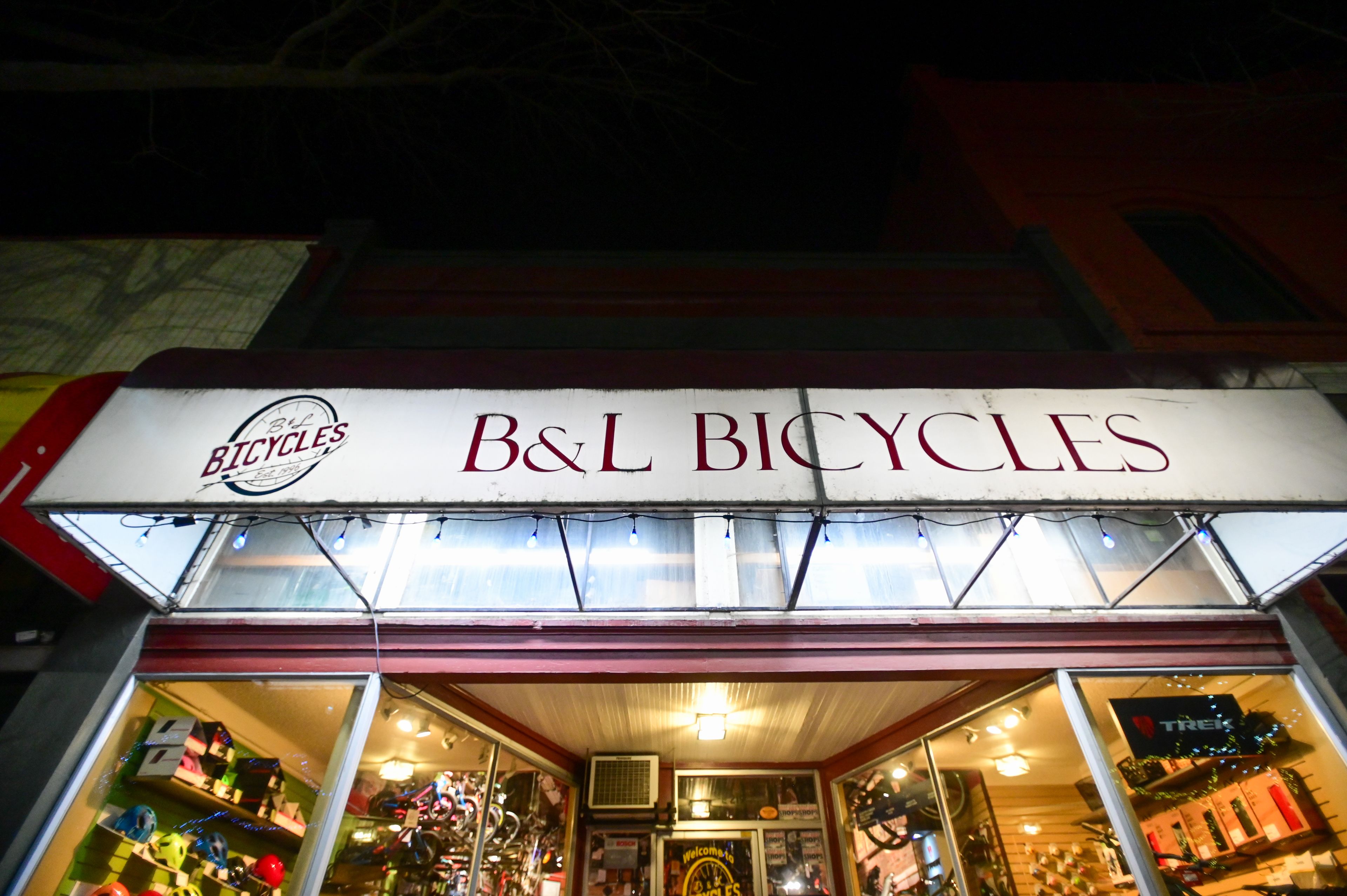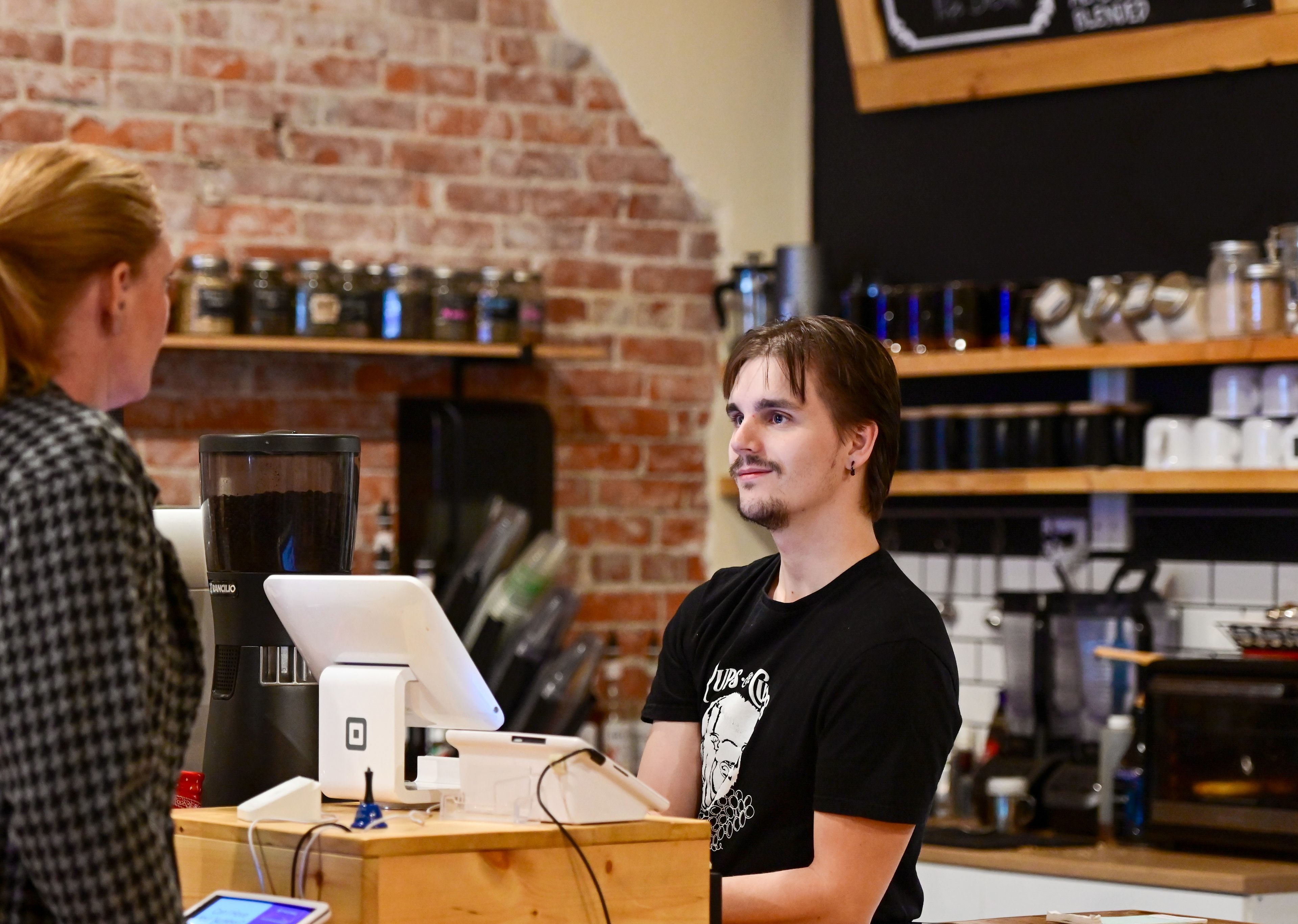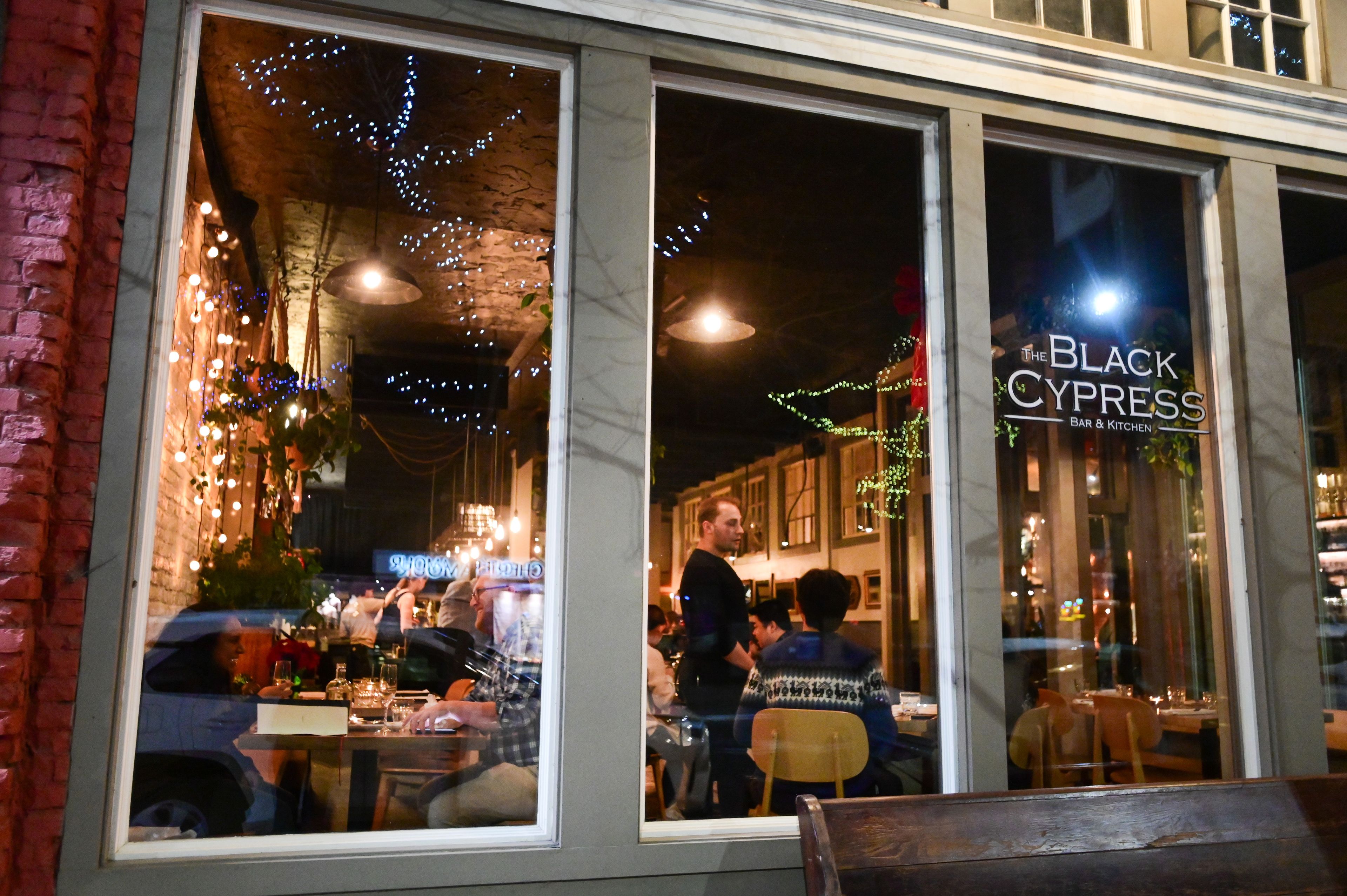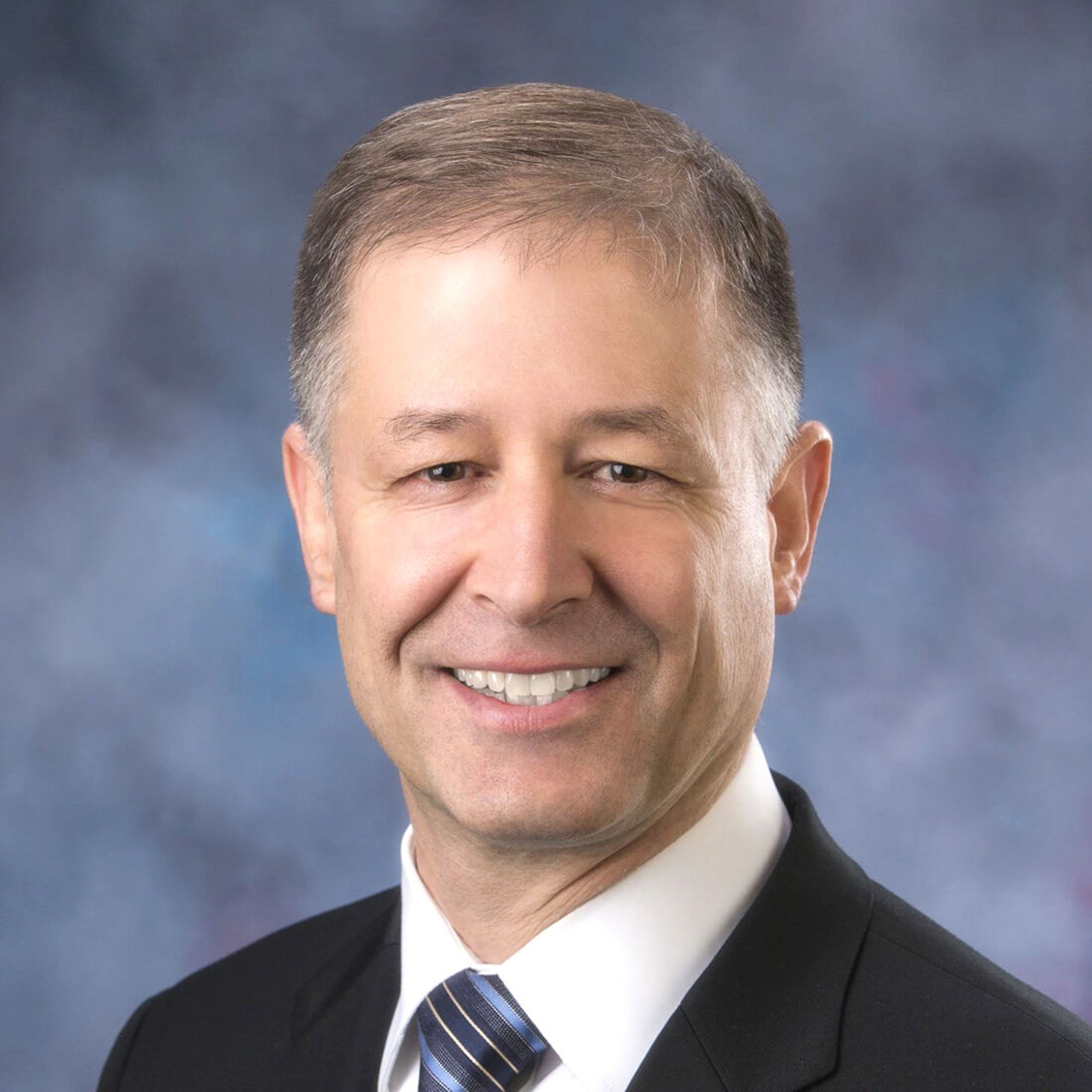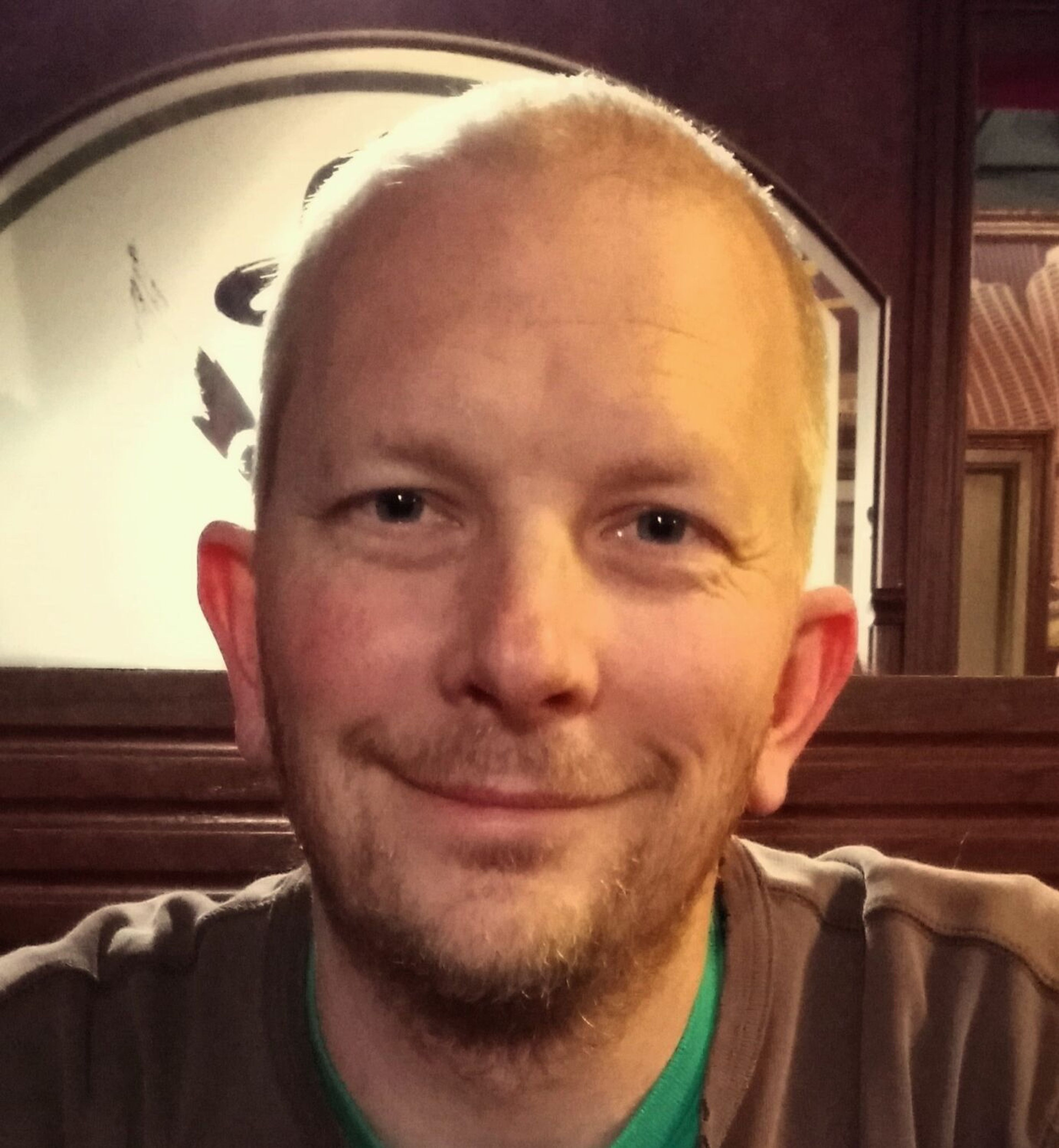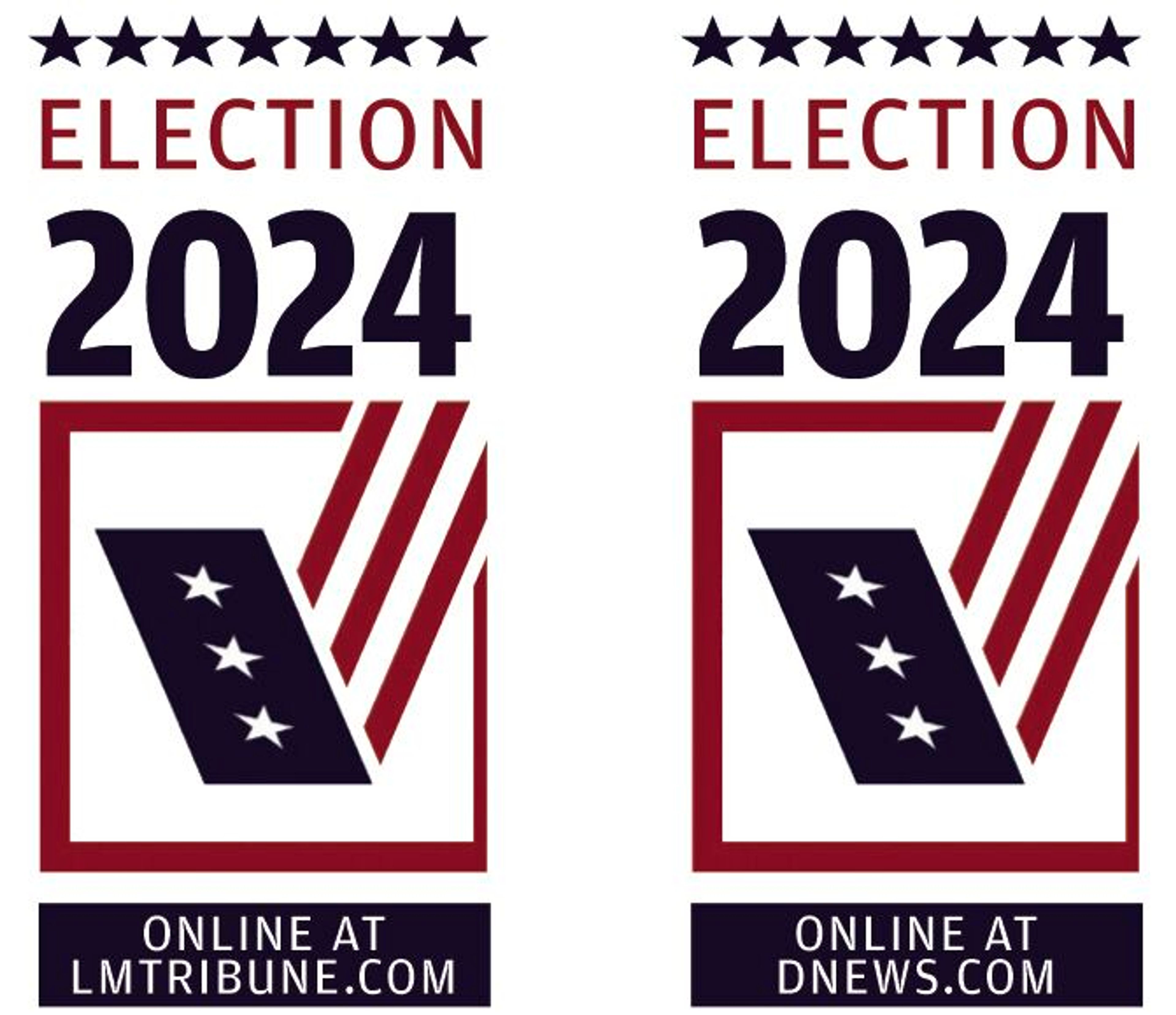As Pullman plans downtown remodel, businesses brace for disruption
Downtown Pullman, facing multiple unknowns, requires teamwork for its $7.8M renovation
Many Pullman businesses agree that plans as large as Project Downtown can be polarizing, and working together is paramount during a significant time of change.
The city of Pullman is planning to uproot Main Street next summer to construct the most significant downtown remodel in decades. Those plans were thrown into question this week when the city received no bids from contractors to carry out the project, but city staff members are working to find solutions to get the project back on track.
City officials have been deliberating the details of the project for well over a year. While the city is still finalizing the project, many shops are preparing for shortfalls that may come during construction.
Project Downtown is a city-led effort to revitalize the town’s streets, public spaces and infrastructure, according to its website. Welch Comer, an urban renewal company out of Coeur d’Alene, worked with the city to design an updated downtown.
The project encompasses all of Main Street, from Grand Avenue to Spring Street. Plans include upgrading the century-old sewer and water system, along with updating utilities and the downtown layout.
Residents should expect more ADA-approved parking spaces, shortened crosswalks to improve pedestrian safety, an improved Pine Street Plaza, new trees and smooth sidewalks.
There will also be newly paved streets, a bike lane separate from automobile traffic and infrastructure to assist the city’s growth,
Welch Comer finished the project’s design earlier this year and estimates it will cost around $7.8 million. More details about the project, including timelines and costs, will be released when the city council either accepts a bid or finds an alternative to rebuild downtown.
For the most part, the general vibe for the project is excitement. The city, community and local businesses are in general anticipating a well-done project that could generate economic gains, along with essential upgrades to the town’s infrastructure to support downtown operations.
But some don’t expect the project to affect them greatly, and many anticipate sales to be as low as during the COVID-19 pandemic during construction.
Significance
Project Downtown couldn’t have happened without President Joe Biden’s $1.8 trillion American Rescue Plan Act in 2021. The act is the largest infrastructural investment in the nation’s history, which provided relief to U.S. cities by helping boost the economy after the COVID-19 pandemic, according to the act’s website.
The city was given $9,641,689 in relief. Around $6,915,000 is available from the full allotment to fund downtown construction.
City Administrator Mike Urban said he doesn’t know of many $9 million grants out there. He added a project of this magnitude could have been possible by coupling grants, but it would have been challenging given that all have different expiration dates that are difficult to manage.
Mayor Glenn Johnson said one of his and the council’s goals has been upgrading downtown. He added the foundation is the first thing that should be addressed, especially looking at how old Main Street’s underbelly is.
“One of the worst things you can do as an elected official is get money to spend on a project and not focus on the (fundamentals),” Johnson said. “We had to start right from the beginning so we could make sure downtown’s foundation would last for decades.”
Many of Main Street’s utilities are around 75 to 80 years old, and the water main that broke on Kamiaken Street this year was around 108 years old, according to past reporting. Also, community members are well aware of the street’s raised and crumbling sidewalks.
Community issues
While no one can deny that federal funding was vital, some say the city could have gotten more. Nick Pitsilionis, owner of The Black Cypress restaurant, said if the project had always been an engineering project, the city should have spent more time pursuing more funds specifically for infrastructure.
“If there’s aging, problematic infrastructure under the ground, we have to attend to it,” Pitsilionis said. “It’s just if we’d been pursuing dollars this whole time, we could’ve gotten (infrastructure upgrades) on top of everything else.”
Brice Erickson, owner of B&L Bicycles, said he thinks the city missed out on funding opportunities and should be actively looking for more.
Judy Kolde, owner of Sanctuary Yoga, Barre & Dance, said it’s imperative to have every entity in the county on the lookout for dollars that can be brought into the community. She added it’s a historically significant time of government spending, and people need to go after every dollar.
CJ Robert, owner of Pups & Cups Cafe, said Pullman is a unique area that’s available for grants in agriculture and education.
Johnson said there could be grants out there, but the city may not qualify or it may not mesh with current grants. He added Pullman Public Works has done many projects, like Pullman Transit’s new electric buses or airport upgrades.
Some criticized the project’s design during the council’s Town Hall series in September. The Pullman Civic Trust, along with many residents, came to the meeting asking the council to reconsider its Walk of Fame monuments and tree removal.
Robert said she’s had issues with the design since it was released. She said the sidewalk configuration is costing her cafe some outdoor seats, and she never liked the monuments.
Kolde said no one is ever going to be 100% happy with the design. She added the community has to continue moving forward to get to the finish line.
As far as trees go, Pitsilionis said he understood the project worked within the context of the city’s budget. He added the city should have also been looking into federal programs specific to urban forestation and canopy.
Erickson said the trees are beautiful and add a special ambience in the summer, but they often rub against his awning. He added they’ve outgrown the space designated for them.
Kolde said she knows many people were upset about the trees, but there was an issue with the placement of the current ones. She added the new ones will be supported, and she hopes they grow fast to provide lots of shade.
Johnson said the city is trying to get things done efficiently with the best use of time. He said the monuments were removed from the plan, and Pullman will have better trees with proper irrigation and spacing. He added he wished the community had this conversation with the council earlier so planning time could have been better spent.
Large projects like this can often create a riff between the city and community, Pitsilionis said. He added that everyone needs to work together and communicate with one another to get through the project.
“The city has done possibly the best job communicating under the circumstances,” he said. “Some errors were made but they were all understandable. Stakeholders should have done a better job at listening, and I think we should have worked harder as a community to best understand its design and everything.”
Robert said she’s been reaching out about her concerns about the project, but has been ignored. She said there hasn’t been an opportunity for the community to edit plans during a critical point in the project.
Erickson said he doesn’t think the city wants the public’s input because it will get in the way of the plans it has already created. He added when people give input, they’re told time has passed.
Urban said communication is a two-way street that requires interest.
“We thought people knew and were communicating,” he said. “We’re open to any other thoughts on how we can communicate better, but the first part is getting people to care.”
Construction woes
Though a timeline won’t be released until the city finds a contractor, many businesses have already begun to plan for Main Street’s upheaval. A number of businesses said construction will have a similar effect as the COVID-19 pandemic and are expecting a dip in revenue during the duration of work.
Kolde said business owners can expect anywhere from 20% to 50% decline in business during construction. She added it’s going to be bad, but many already know and are preparing financially.
She said Sanctuary doesn’t plan on closing during work except during its typical Fourth of July holiday week closure. She expects customers to have access to the building throughout construction because of its location.
Pitsilionis said he’s expecting to lose tens of thousands of dollars during construction. He said he has a plan to support his business, but he would have rather used the funds elsewhere like replacing his leaky roof.
He anticipates Cypress to close during a portion of construction but isn’t sure when.
Erickson said summer is his busiest season and he expects construction to be difficult. He said summer is when he does business, and he’ll most likely bear the largest hit because his business is seasonal.
He added everyone comes in for bikes or repairs in the summer, and if he closed during construction he would go out of business.
Robert said she expects a dead downtown during construction because of the noise, dust and difficulty parking. She said she’s planning to possibly close Pups & Cups Cafe entirely during construction.
All downtown businesses fear construction going on longer than expected. Kolde said it’s the unknown people are afraid of, since not even the city knows what it’ll find when it goes digging.
Erickson said after a few months, businesses begin to wonder if they can go on longer with a loss of profits, especially newer businesses, he added, that don’t have as deep a customer base.
Robert said she could see construction possibly going longer, and she alongside other businesses will have to “eat the costs.”
Johnson said it’s always a concern construction could go over the alloted time. Urban said there are penalties in contracts if construction goes over time to incentivize deadlines.
Getting through construction is going to take a lot more than the community’s support. Many businesses believe access, additional funding and awareness are crucial to surviving.
Erickson said customers need another way to get into businesses while Main Street is a trench. He added some businesses have backdoor access, but the city needs to make sure parking is available.
He said his business survives on people coming in to make purchases or fixing their bikes inside the shop. If there aren’t any opportunities for people to come into town, they won’t.
Kolde said she also needs adequate parking and opportunities for people to still come downtown. She said support should look similar to that during the pandemic, asking the community to buy local, make online purchases and still come to stores.
Pitsilionis, however, said no amount of access will affect people’s choice to come downtown. He added there will still be major traffic jams and a lack of parking.
He said businesses and the city need to be thinking about alternatives like special events, delivery services or other ways to keep business flowing to downtown shops.
Pitsilionis also said businesses should be looking into loans or lines of credit, as well as grant opportunities they may qualify for to help offset revenue loss.
Robert said the city should be doing that, and should have been looking for grants to help businesses. She said she doesn’t expect the community to support businesses during the construction, since it’s not their job to find solutions.
Johnson said for some businesses on the brink now, it may be tough getting through construction.
Urban said the Pullman Chamber of Commerce and Downtown Pullman Association are looking for ways to help businesses. He said the city is focusing on getting people through construction to be able to thrive afterward.
What’s next
The city was expecting to open bids Thursday, but the project didn’t receive any offers from contractors. Urban said city staff are investigating what factors led to the lack of submissions. He added the alternatives will be presented to the council to get the project back on track.
Construction will begin in late spring and last until Washington State University’s first football game, if the city is able to find a contractor to build the project.
Johnson said the city is expecting economic growth to come from the project. He added it’s just what the downtown needs to give it a boost.
Urban said businesses should begin looking to move downtown now because there may not be space in coming years.
“The people who have come to open their business downtown before this project are the pioneers,” Urban said. “The ones who come afterward will pay a premium.”
Pitsilionis said a decade will make a difference; over time, he expects the project will attract more business to downtown.
He added it’s an important step in the right direction for the community, but his biggest bummer was there wasn’t a lot changed. He said Main Street will still have three lanes of traffic, almost the same size of sidewalks and trucks still rip through downtown.
Kolde said she thinks more business will migrate to a more accessible and aesthetically pleasing downtown. She said the community will have to wait and see how lucrative it is, but the project will add to the town’s experience.
“There’s no soul to strip malls but there’s soul to downtowns,” she said. “People have an affinity to their time here, and this will make Pullman a more memorable experience when people come for school.”
Robert, however, doesn’t have great hopes for the project’s outcome. She said the project would hurt her business, removing her outdoor seating and costing her business during the summer. She expects construction to take much longer than planned.
She added no one disagrees with the necessity of the project, particularly with all the utilities needing to be replaced. She said the city didn’t get the best design because of the inflationary environment and budget restraints.
Erickson said he doesn’t think the project will affect people coming downtown, mostly because the businesses are what draw people to the area. He added it will improve downtown’s appearance and its utilities, but that’s not what will attract people.
“There’s an authenticity to downtown and the types of businesses here are reflections of their owners,” he said. “These are the businesses that are driving people downtown. It’s an experience you can’t duplicate, it’s what people are looking for and will keep coming for.”
Regardless of what happens next, Pitsilionis said unity is the key to seeing this project through. He said a project as large as this will test the community deeply and has already done so.
“We need to look out for one another, because if we don’t, the reality of the situation kicks in,” Pitsilionis said. “It can create a rift that will last for years which Pullman and downtown don’t need. We need to work together on this with good will.”
Pearce can be reached at epearce@dnews.com
